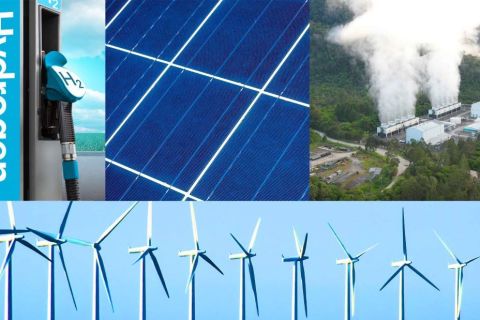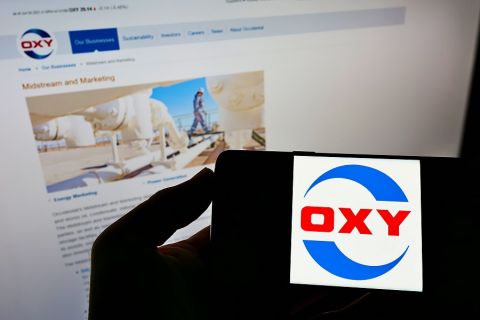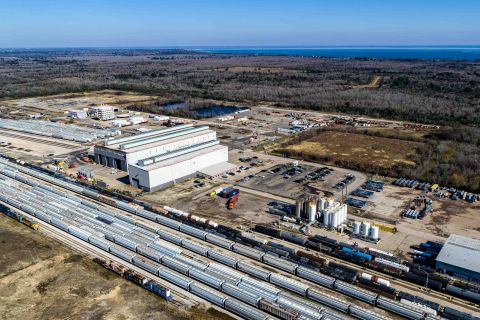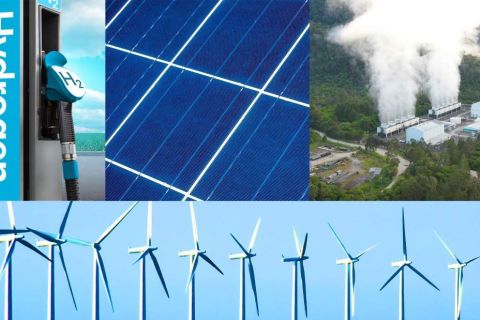Hot plays such as the Bakken represent some of the biggest oil discoveries in the last 50 years. With this boom comes challenges for producers, companies, and institutions to meet the demands of sudden population growth as workers are brought into the area and production is ramped up. State and local municipalities are suddenly faced with difficult challenges. Drilling then becomes not so much a question of whether an area will produce but how long it will take and at what cost.
As evidenced in the hot plays, producers are constantly exploring new territories and leases, seeking to replace declining reserves to maintain consistent and acceptable production levels. The industry is seeking ways to improve management of information supporting production and improving performance on the production side of the organization.
Hot plays are a perfect example of producers who have identified new acquisitions for exploration. With these initiatives come the related costs of exploration, land leases, equipment, and human capital and the complexity of managing these issues at the same time.

Relationships can be visualized and communicated to a variety of participants. (Images courtesy of No Magic)
Modeling for simplification
The use of modeling software is the process where the real world of projects (whether drilling operations or building comfortable living arrangements for workers and families in the hot plays) are visually represented by relationships among datasets, project actions, people, and documentation. Models can play a key role in helping ensure success for companies operating in this complex environment. Modeling allows operators to:
- View a project from multiple perspectives;
- Discover cause-and-effect relationships within projects;
- Identify errors before they are executed;
- Explore alternatives through simulations;
- Improve impact analysis by identifying potential consequences of changes; and
- Show local authorities the work being done and the value to them and their citizens by modeling before executing.
A model can be started with the most critical data, relationships, and processes and then be extended and expanded as required to further improve operations. Modifying a model will not cause previous model functions to “break” or require redevelopment because models are scalable and repeatable and can be used for multiple projects.
The model in Figure 1 shows how relationships can be visualized and communicated to a variety of participants. Each of the objects in the model has internal processes and structure that can be accessed by just clicking on the symbol. Thus, the model facilitates understanding at a high level and can support any level of detail required for each individual involved in a project. Access to information in the model can be restricted, so sensitive, private, or proprietary data can be protected.
Five steps to improvement
Five ways modeling can improve efficiencies and reduce costs are:
- Resource allocation and management. Modeling provides the ability to identify, capture, and monitor data on current performance and costs across multiple projects and sites. Simulation within a model structure can aid in more accurate and timely prediction of future performance and costs using variable inputs. Links to vendors, delivery schedules, and weather data can provide valuable information that allows for reallocation of scarce resources such as labor and materials. Modeling also can act as a central repository for asset inventory, maintenance schedules, and cost data associated with a project. Preservation of this data is valuable for use in future projects. The model creates a more complete view and understanding of the business environment for all parties involved in a hot play and provides one version of the truth.
- Communication. Timely and effective communication is critical to the success of any project. Modeling allows the creation of management dashboards to provide vital information related to construction status, cost overruns, material delivery status, scheduling, and weather, among others. Notifications can be sent to responsible parties when pre-defined thresholds are met or not met. This information flow allows for corrective action to be taken before an event can halt progress on the project.
- Collaboration. A collaboration model as shown in Figure 2 allows all stakeholders active participation and input into the model to create a dynamic live view of the project. Such collaboration facilitates communication of critical information in a timely manner. Direct links to suppliers, sub-contractors, and partners can allow for an automated information exchange of important information such as material delays, ship dates, price changes, invoicing, and billing information. The model allows stakeholders to visualize and understand the big picture rapidly. Models have been proven to accelerate performance based on solid decision-making because they are available to all teams in real time, anytime. This is critical when there are numerous production fields that are geographically dispersed. Each field can be represented by a separate model if so desired.
- Productivity and quality. Modeling and simulation allows producers the ability to more accurately estimate materials, labor, and equipment needed for each project, thus enhancing productivity in hot plays. By consolidating purchases, volume discounts can be used. Skilled labor, a valuable and scarce resource, can be modeled first and then deployed across multiple sites to gain the most efficiency. In the same fashion, equipment placement can be modeled and then allocated across multiple sites when and where needed. Since models are flexible and reusable; each time a model is enhanced with actual data, it becomes more valuable for the next project.
- Cost savings. The financial implications of identifying and producing in a new field require both financial planning and modeling. It has been shown that modeling can provide a cost savings impact of 10% or more on overall costs in a large project. Cost savings can accrue from multiple sources, including:
- Reduced materials costs;
- Optimization of supply efficiencies;
- Improved use of human capital resources;
- Optimizing logistics and transportation for operations and construction;
- Improved overall efficiency as models are optimized from one project or hot play to the next; and
- Reduced management labor costs due to effective communications.

A collaboration model allows stakeholders to participate in the model to create a dynamic live view of the project.
Modeling can be a critical success factor in oil and gas company performance because it is a highly efficient means for identifying, planning, and managing production facilities and the corresponding infrastructure. The use of software modeling solutions can be applied effectively across the entire oil and gas value chain.

Modeling is a critical success factor in performance because it can be applied across the entire value chain.
Recommended Reading
Energy Transition in Motion (Week of March 28, 2024)
2024-03-31 - Here is a look at some of this week’s renewable energy news, including proposals submitted to develop about 6.8 gigawatts of wind projects offshore Connecticut, Massachusetts and Rhode Island.
‘Unapologetic,’ Barclays Restarts E&P Coverage: ‘The World Needs Oil and Gas’
2024-04-10 - Barclays analysts, in restarting coverage of E&Ps, presented anti-hydrocarbon investors with “a reality check on energy transition.”
Occidental Reports ‘Great Progress’ on Net-zero Pathway, DAC
2024-02-21 - Most of Occidental Petroleum’s planned $600 million investment in emerging low-carbon ventures for 2024 will go to direct air capture facility STRATOS, CEO Vicki Hollub says.
John Cockerill Americas President Talks Hydrogen, Electrolyzers
2024-03-06 - Nicolas de Coignac, president of Americas for John Cockerill, recently spoke with Hart Energy about the company’s role in scaling electrolytic hydrogen in the U.S.
Energy Transition in Motion (Week of Feb. 16, 2024)
2024-02-16 - Here is a look at some of this week’s renewable energy news, including the outlook for solar and battery storage in the U.S.





